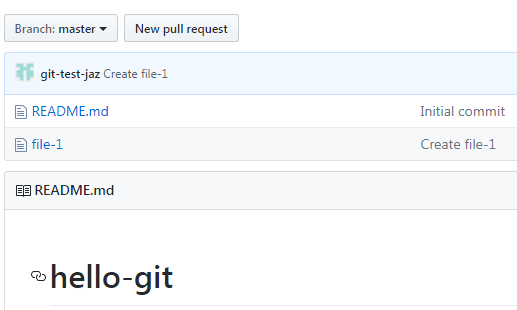
- Linux git create branch how to#
- Linux git create branch software#
- Linux git create branch code#
- Linux git create branch series#
You need to use git diff -cached to see what is actually in the index: the staged changes. Just using git diff (without parameters) only shows the changes in the working directory that have not yet been added to the index. While git status lists the modified files in the workspace as well as the files in the index, you can look at the differences between files with the git diff command. commits) in the working directory, or with git log the changes applied to the given path. Git log shows the history of the changes (i.e. Git status helps you keep track of which changes have been added, or not, on what branch you are on.

Figure 3 illustrates the process of creating a change set from snapshot version A to snapshot version B. This staging area is usually called the index. With this command, a change in the working directory is added to the staging area for the next commit.
Linux git create branch code#
The checkout and commit commands are similar to the other source code repositories, but the focus on change sets is the reason why in Git you have the add command (similar to SVN). It turns the current directory into the Git working directory and creates the repository in the. To start working with Git, you just need to run the git init command.
Linux git create branch how to#
The main principle of Git, once you understand it, is astonishingly simple.įirst, Git handles content in snapshots, one for each commit, and knows how to apply or roll back the change sets between two snapshots.
Linux git create branch software#
Multiple repositories can work together in a software development, and in fact do as each developer’s repository works and communicates in the same way as any server-based Git repository. One major feature of CVS and SVN is that they have a central repository. So far Git looks very much like such classical source code repositories, doesn’t it? Unfortunately, here is where the similarities end. Creating a new version in a classical repository Branches are used in an implementation project to separate out the development of a specific feature or for the maintenance of an older version. In SVN, the main stream is called trunk in CVS it usually goes by the name HEAD in Git it is usually named master.
Linux git create branch series#
This series of versions is called a stream or branch. The information that has changed between a parent and child version by the commit is called the change set. The content is stored as a series of versions, also called snapshots, linked by the parent-child relationship created by the commit operations. Classical source code repository workspace handlingĮach commit creates a new child version of the content that derives from the previous, parent version that you modified, as shown in Figure 2. You checkout code from the repository to the working directory and commit changes you’ve made in this working directory back into a new version of the content in the repository. The repository holds all versions of the content, while the working directory is the place where you modify the code.

In a classical source code repository, folder with files and subfolders are handled as the content (CVS and Git don’t actually handle folders, just files at a path location).


So let’s start with a basic example in a classical source code repository as in Figure 1. I assume you know your way around other more classical source code repositories like CVS or SVN. Since then I have grown to understand Git much better, so this article is a kind of “note to self” text to remind myself how Git works and explain it to those who are new to it. That way of thinking only got me a limited understanding of Git’s capabilities. When I started working with Git I had some experience with Concurrent Versions System (CVS) and Apache Subversion (SVN), so I tried to understand it in terms of those classic source code repository systems. So, if you want to program in the Linux world or use IBM’s DevOps Services with Git, it helps to have a good understanding of Git. Whole services like GitHub are based around it. It was created by the Linux creator Linus Torvalds for the management of the Linux kernel source code. Git is a commonly used decentralized source code repository.


 0 kommentar(er)
0 kommentar(er)
